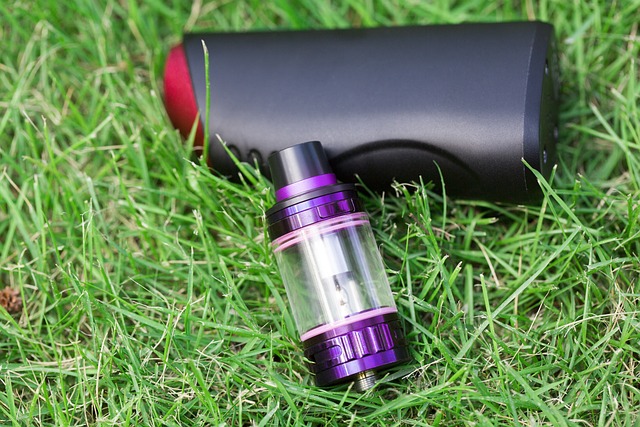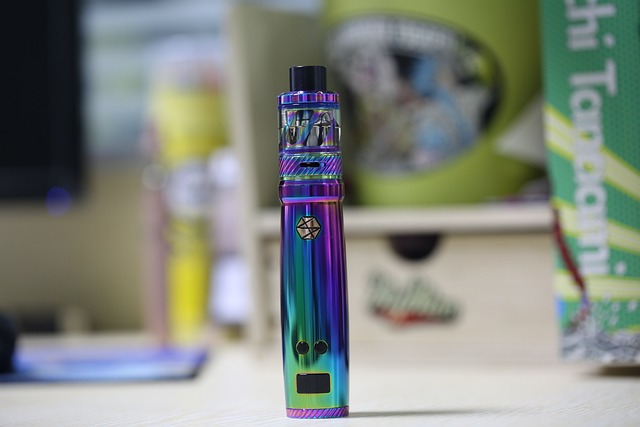1. Introduction to Ruby Green Flum
Ruby Green Flum is a fascinating subject that has garnered attention from various communities, ranging from botanists to garden enthusiasts. The term “Flum” refers to a unique type of plant that has particular characteristics, and when combined with the term “Ruby Green,” it evokes images of lush foliage with an appealing color palette. This article aims to provide a detailed guide on Ruby Green Flum, covering its origins, care instructions, planting techniques, and varieties to help you understand and cultivate this enchanting plant.

2. Origins of Ruby Green Flum

The Ruby Green Flum has its roots in tropical climates, particularly in regions such as Southeast Asia and Africa. These locations provide the ideal environment for the plant to thrive, offering the warm temperatures and humidity levels that are essential for its growth. The name “Flum” derives from the Latin word meaning “flow,” which signifies the plant’s natural aesthetic, often seen cascading or flowing beautifully in its surroundings. Understanding the origins of the Ruby Green Flum gives insight into its growing conditions and care requirements.
3. Characteristics of Ruby Green Flum
Ruby Green Flum is characterized by its striking green foliage, which often displays vibrant ruby-red veins, hence the name. The leaves of this plant are not only visually appealing but also hardy, making it a suitable choice for various environments. The plant typically grows to a moderate height, making it ideal for both indoor and outdoor settings. Its resilience against pests and diseases further adds to its desirability as an ornamental plant.
4. Ideal Growing Conditions
To successfully grow Ruby Green Flum, it is crucial to replicate its native habitat as closely as possible. This means providing a warm environment with temperatures ideally ranging from 65°F to 80°F (18°C to 27°C). Additionally, the plant thrives in well-drained soil, rich in organic matter. It is recommended to maintain a humidity level of at least 50%, which may require misting or utilizing a humidifier, especially in dryer climates. Understanding these conditions is key to promoting healthy growth.
5. Planting Ruby Green Flum
When planting Ruby Green Flum, choose a location that receives indirect sunlight, as harsh direct sunlight can scorch the leaves. Begin by preparing the soil with organic compost to enhance drainage and nutrient retention. Dig a hole that is twice the width of the root ball and slightly deeper. Place the plant in the hole, ensuring the top of the root ball is level with the soil surface, and backfill with soil. Water thoroughly to settle the soil and remove any air pockets. This process sets the stage for robust growth.
6. Caring for Ruby Green Flum
Caring for Ruby Green Flum involves regular watering, fertilization, and monitoring for pests. Water the plant when the top inch of soil feels dry, ensuring not to overwater, as this can lead to root rot. During the growing season, typically from spring to early fall, apply a diluted liquid fertilizer every four to six weeks to provide the necessary nutrients. Inspect the plant regularly for signs of pests such as spider mites or aphids, and treat any infestations promptly to ensure the health of your plant.
7. Pruning and Maintenance
Pruning is an essential aspect of maintaining Ruby Green Flum’s health and appearance. Regularly remove any yellow or damaged leaves to encourage new growth and enhance airflow around the plant. Pruning can also promote a bushier growth habit. An ideal time to prune is during the early spring before new growth begins. Remember to use clean, sharp tools to minimize the risk of disease transmission between plants. This maintenance ensures the plant remains vibrant and robust.
8. Common Issues and Solutions
Every plant comes with its set of challenges, and Ruby Green Flum is no exception. Common issues include yellowing leaves, stunted growth, and pest infestations. Yellowing leaves can often indicate overwatering or lack of nutrients, while stunted growth may result from insufficient light conditions. Address these problems by adjusting your watering schedule, enhancing lighting, and fertilizing as needed. For pest control, consider using insecticidal soap or neem oil as natural treatment options.
9. Propagation of Ruby Green Flum
Propagation of Ruby Green Flum can be achieved through several methods, including division and cuttings. To divide, carefully separate the plant’s root ball into smaller sections, ensuring each section has roots and foliage. For cuttings, take a healthy stem cutting with several leaves, and place it in water or moist soil until it roots. This method not only produces new plants but also allows you to efficiently manage an overgrown Ruby Green Flum by giving away or selling excess plants.
10. Conclusion: The Beauty of Ruby Green Flum
Ruby Green Flum is undoubtedly a stunning addition to any plant collection. Its unique appearance, coupled with its relatively simple care requirements, makes it an attractive choice for both novice and experienced gardeners. By understanding its characteristics, origins, and needs, you can ensure that this captivating plant flourishes in your home or garden.
11. FAQs about Ruby Green Flum
What are the best conditions for growing Ruby Green Flum?
The best conditions for growing Ruby Green Flum include warm temperatures ranging from 65°F to 80°F (18°C to 27°C), high humidity levels, and well-drained, nutrient-rich soil. Providing these conditions will help ensure that the plant can thrive.
How often should I water my Ruby Green Flum?
You should water your Ruby Green Flum when the top inch of the soil feels dry. It’s essential to avoid overwatering since this plant can be prone to root rot, which can jeopardize its health and vitality.
Can I propagate Ruby Green Flum, and if so, how?
Yes, you can propagate Ruby Green Flum through division and cuttings. For division, separate the root ball into smaller sections, ensuring each has roots. For cuttings, take a healthy stem and place it in soil or water until roots develop.





